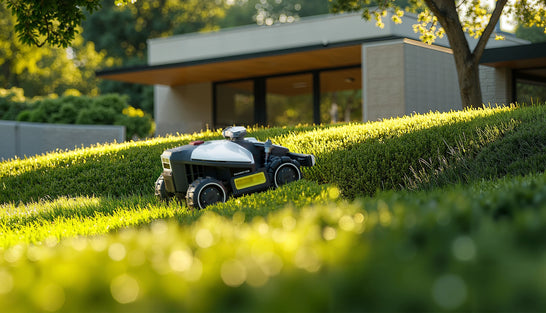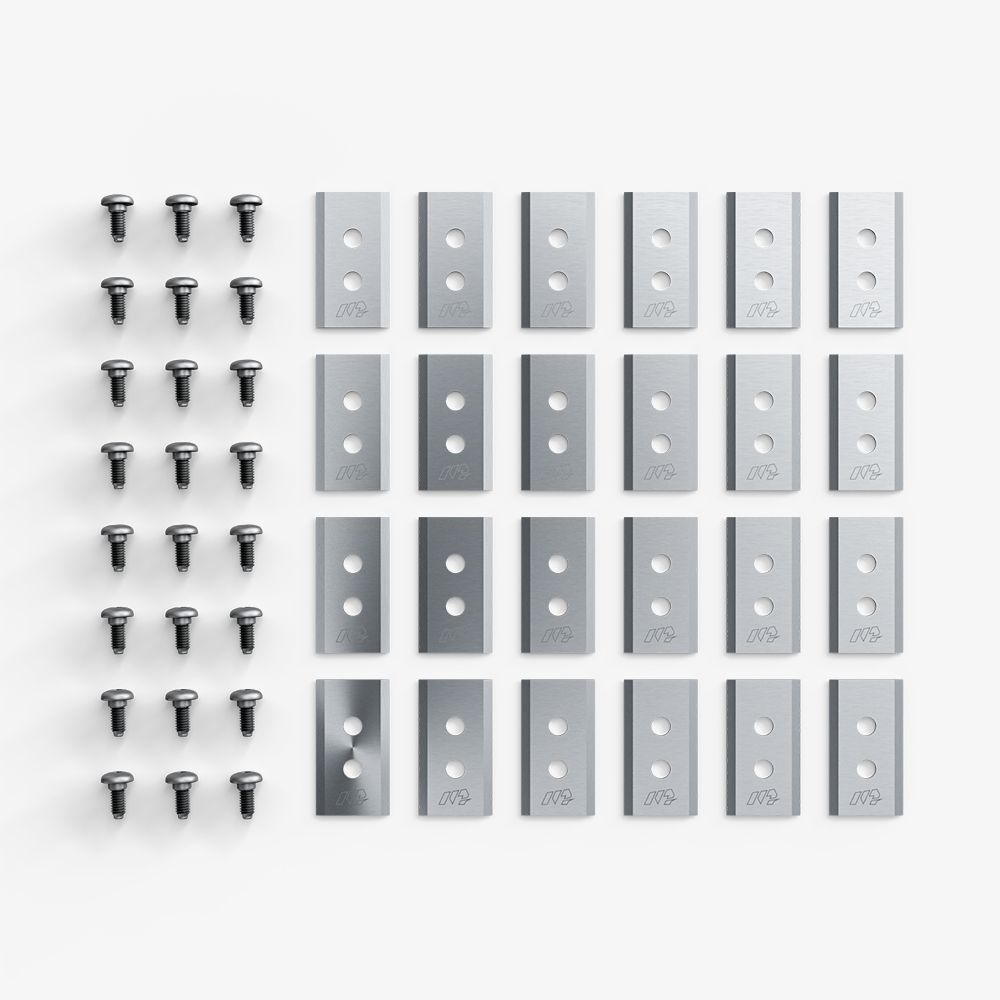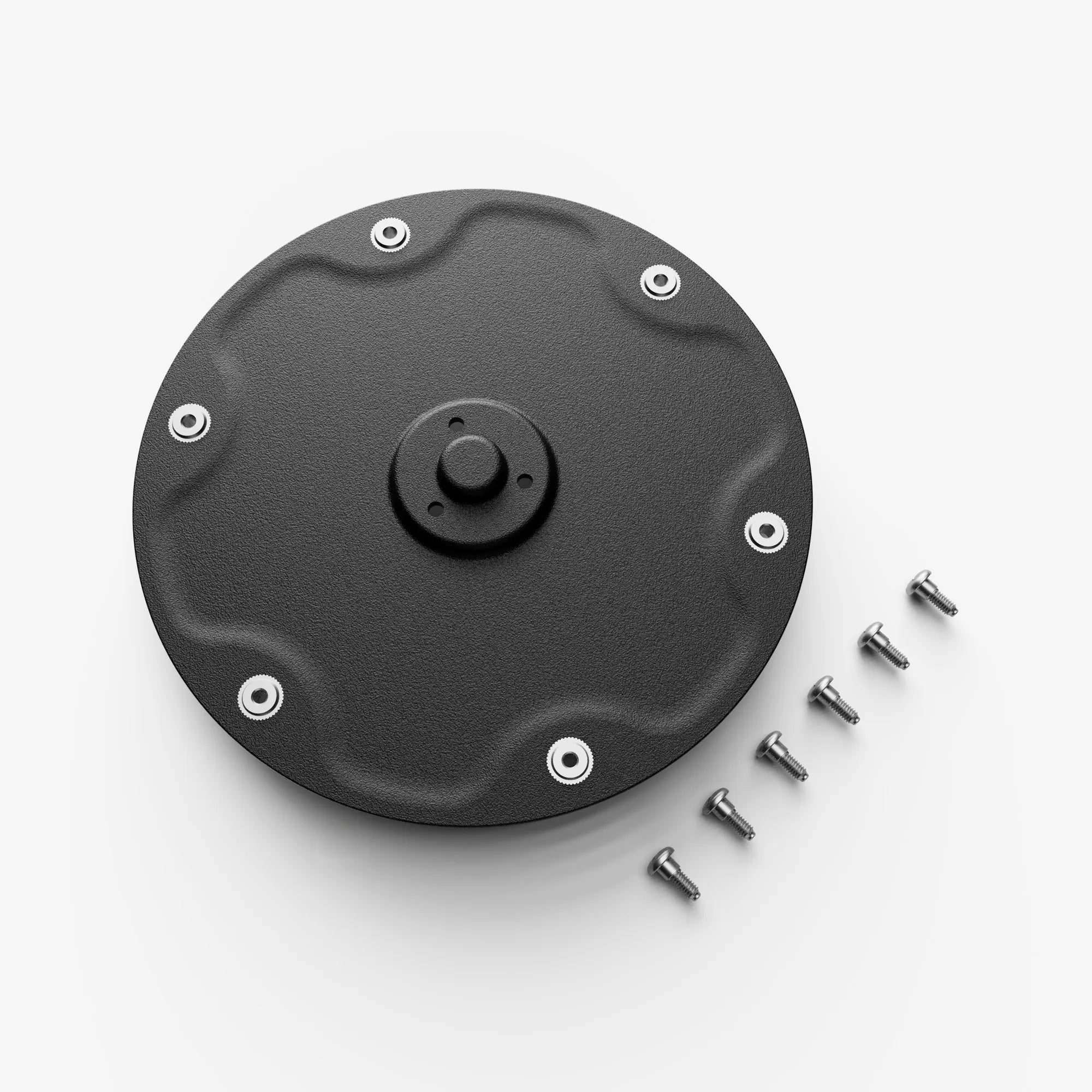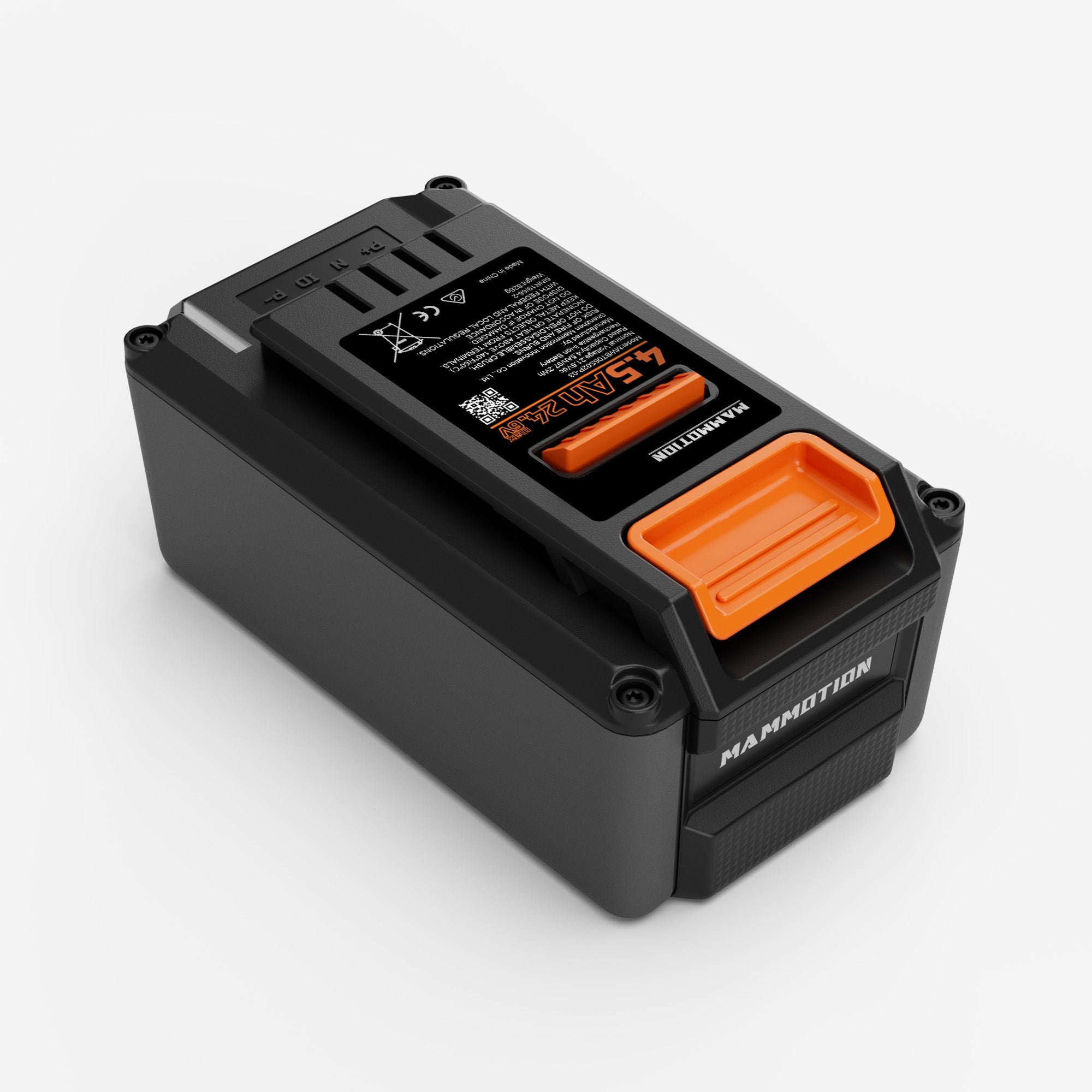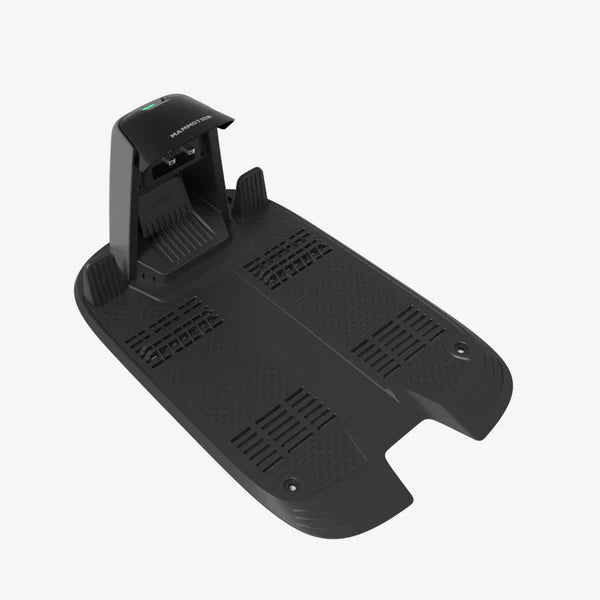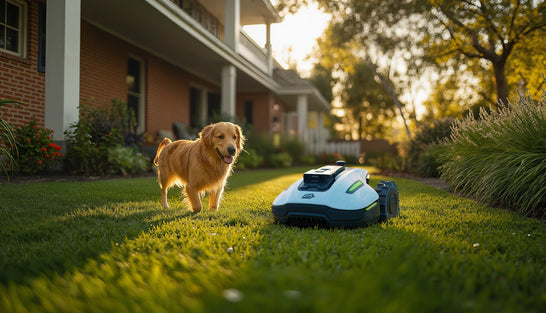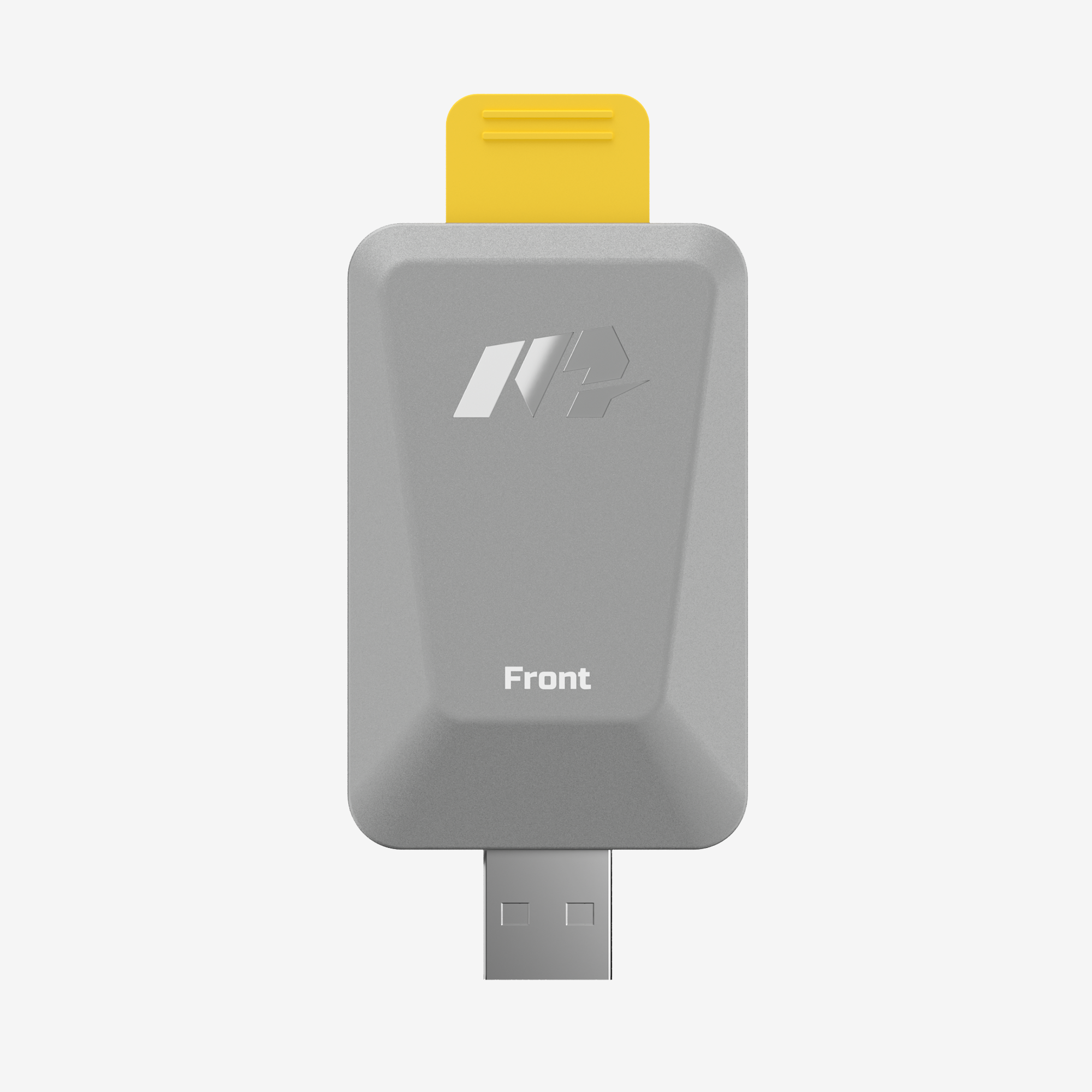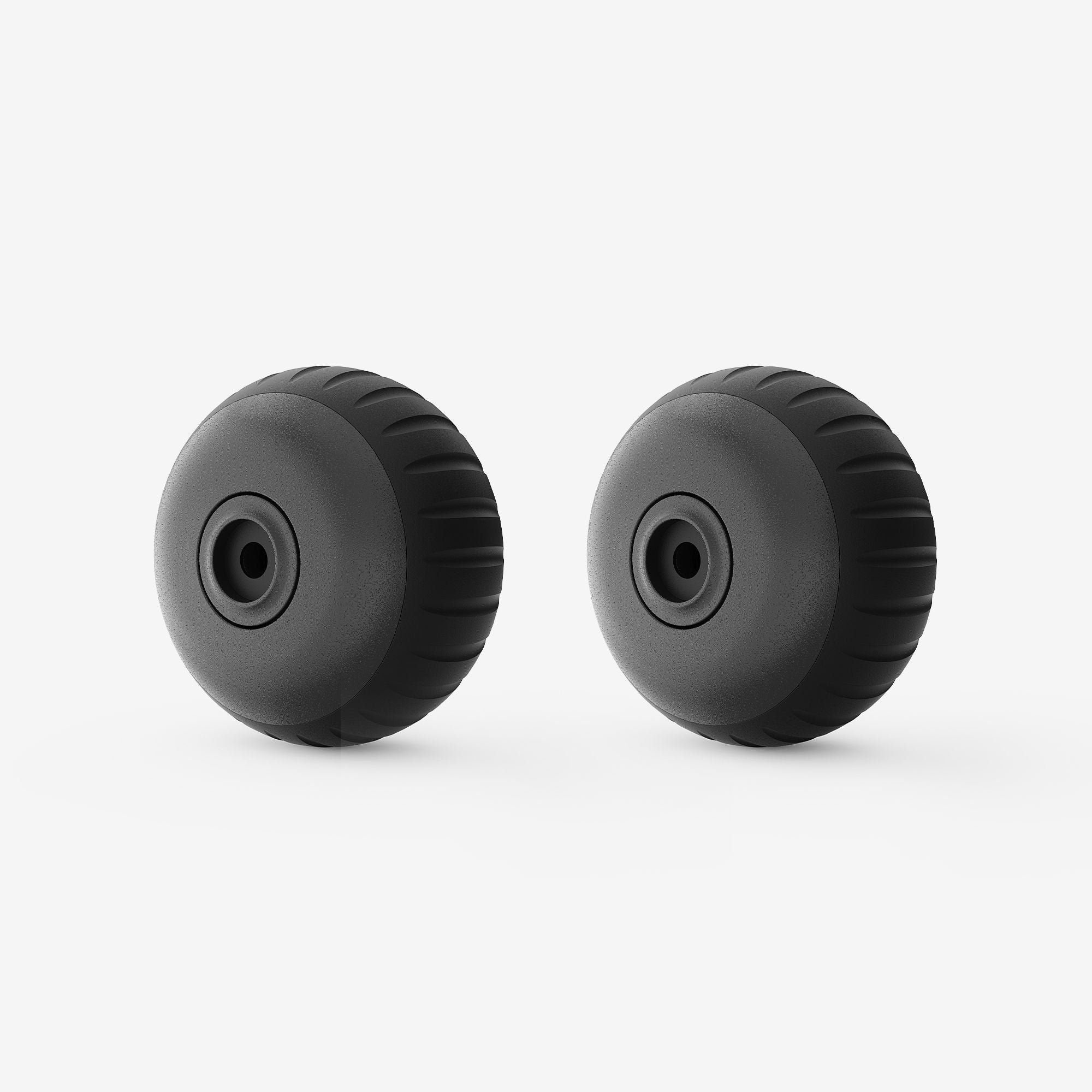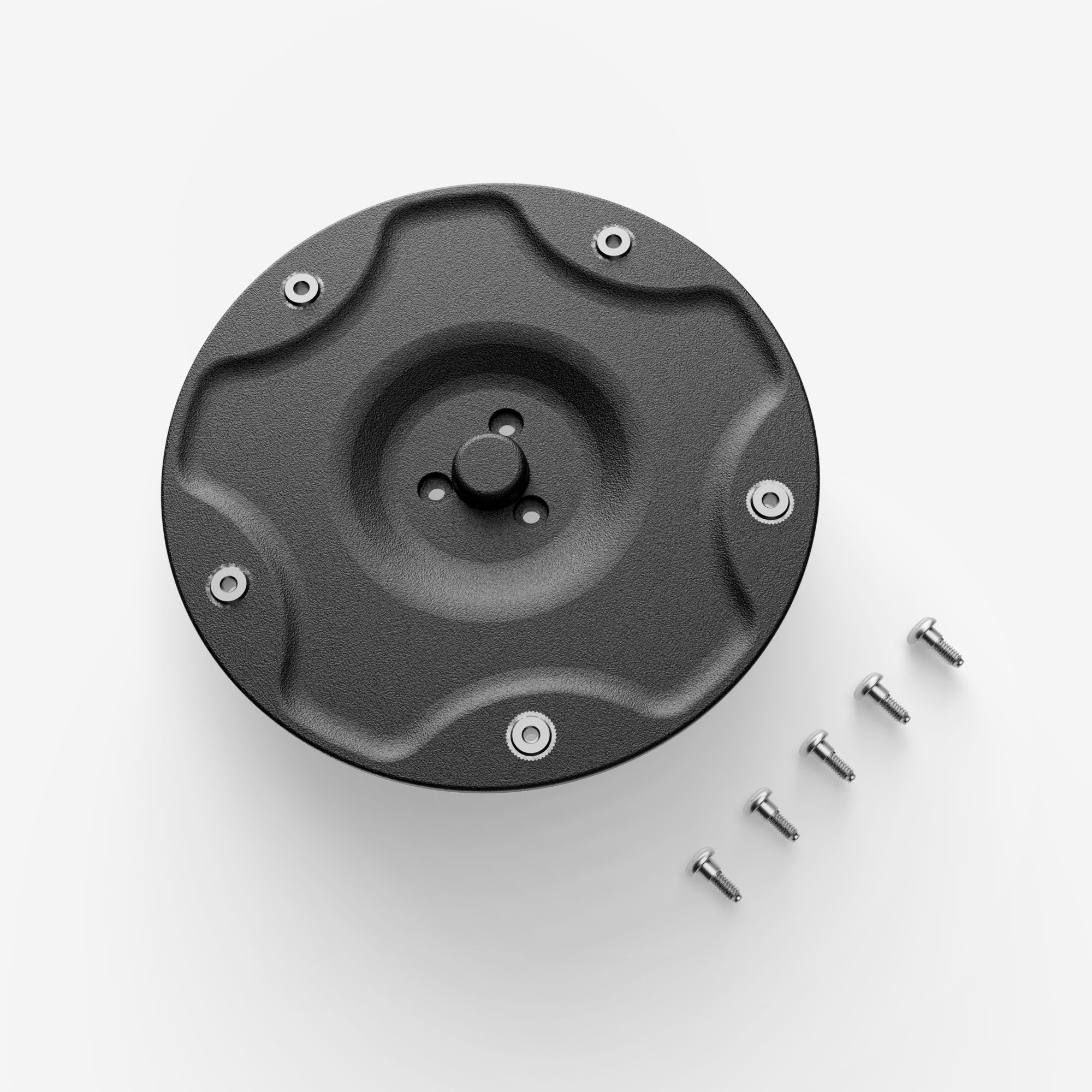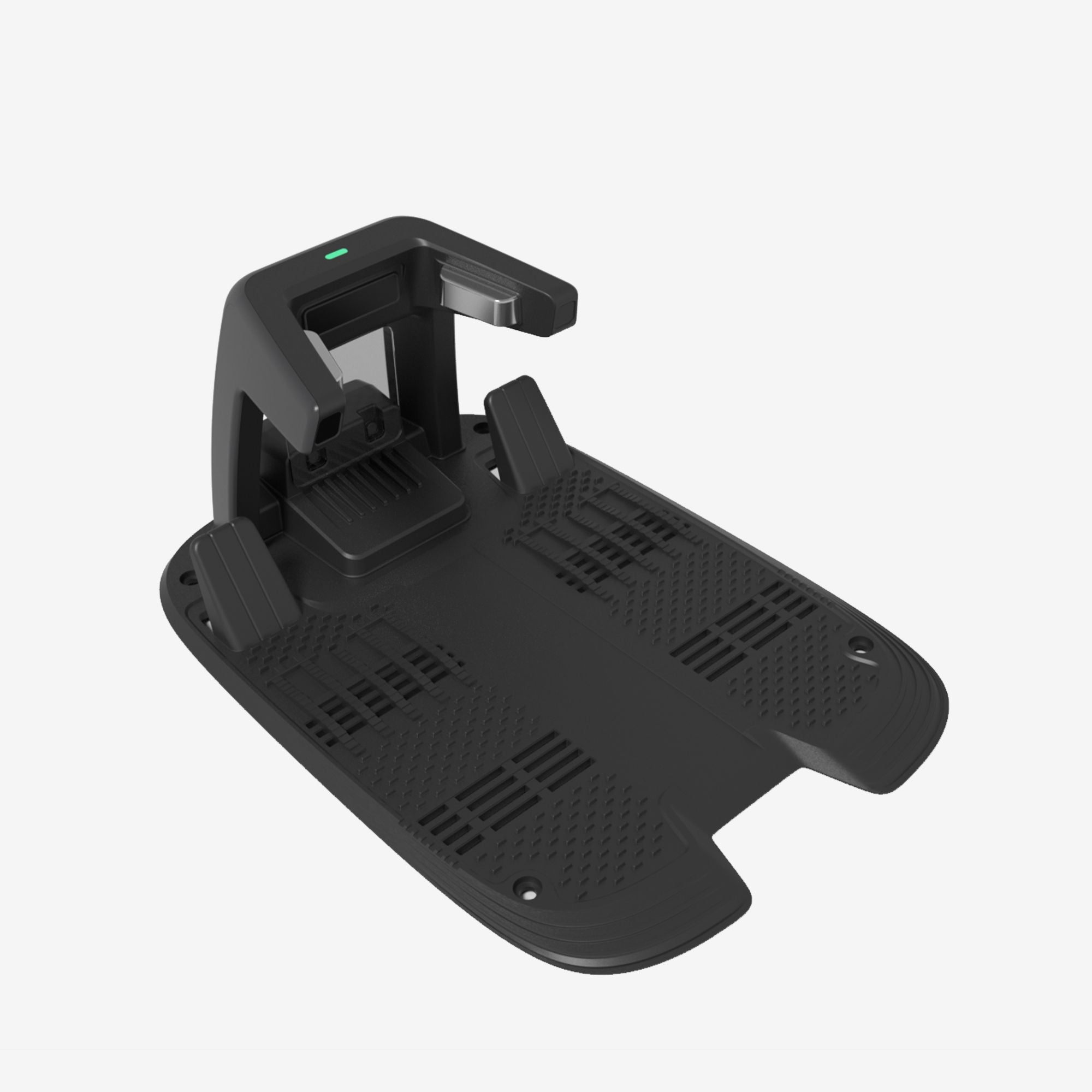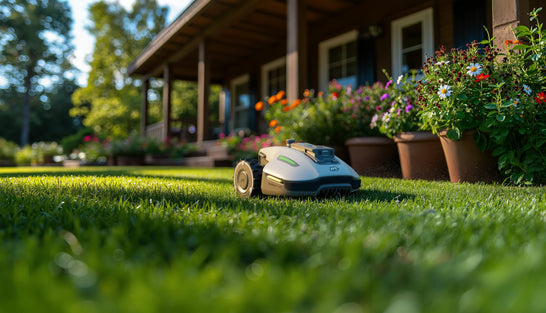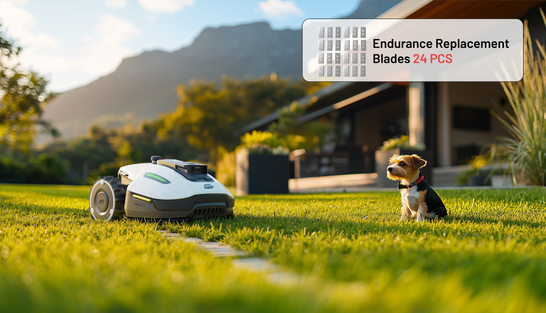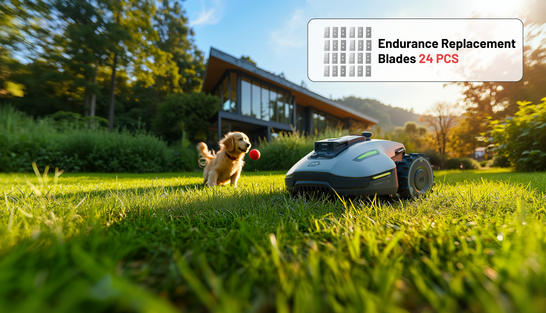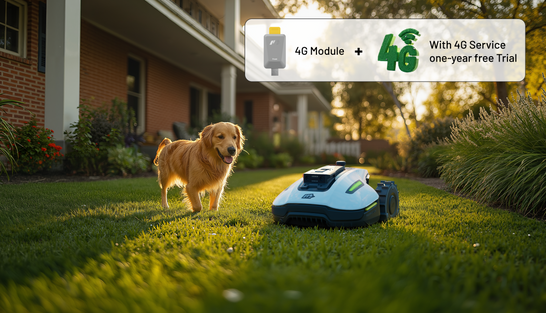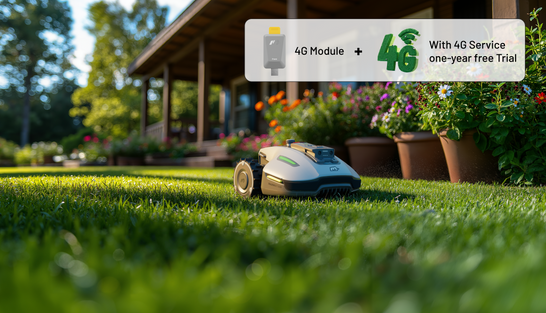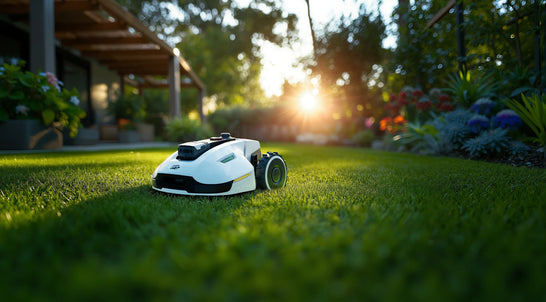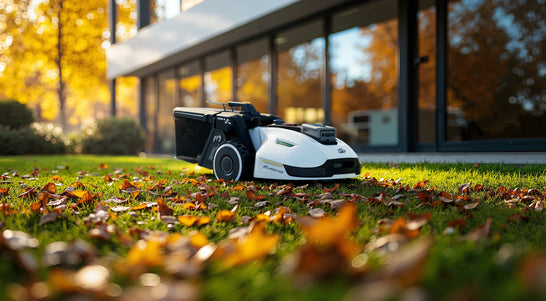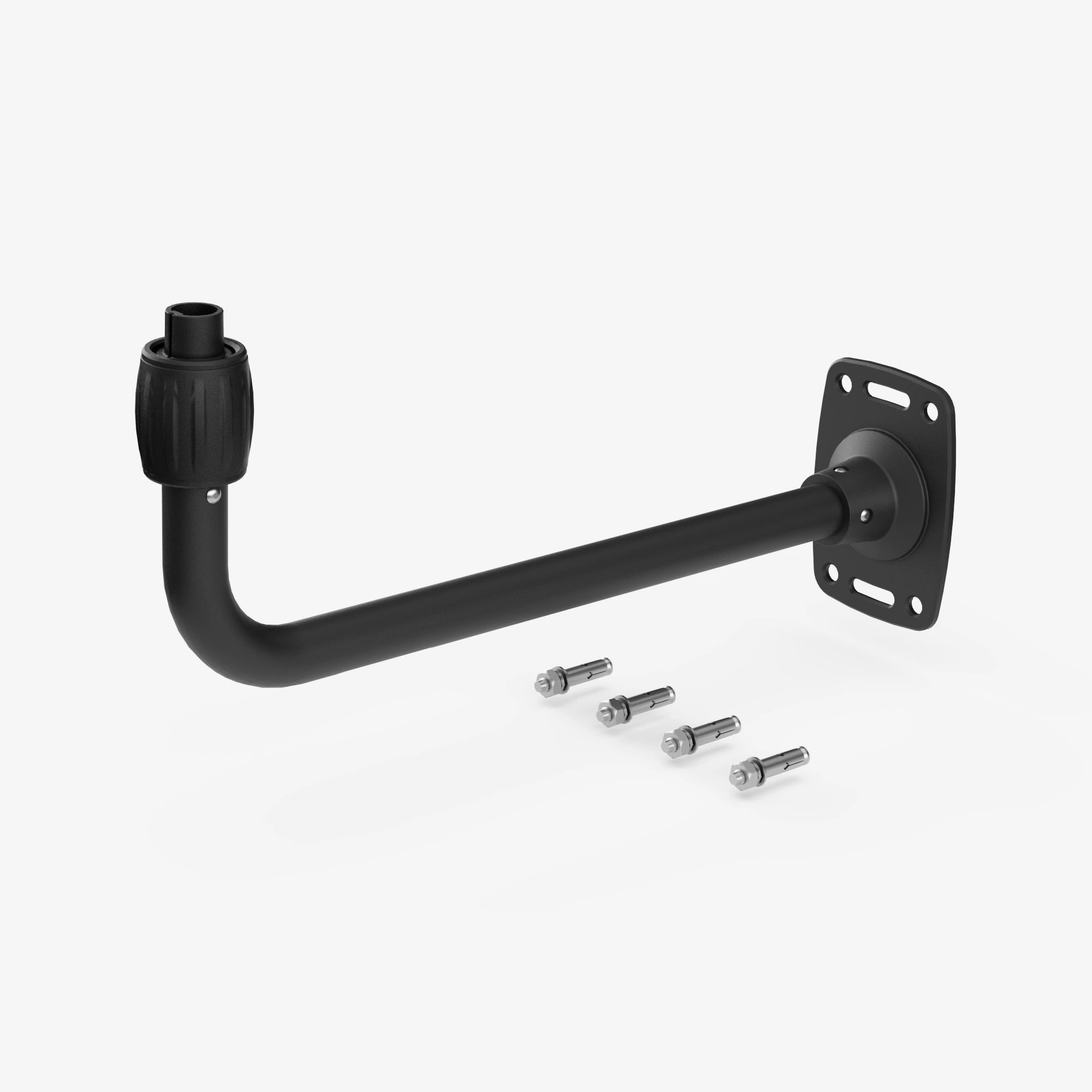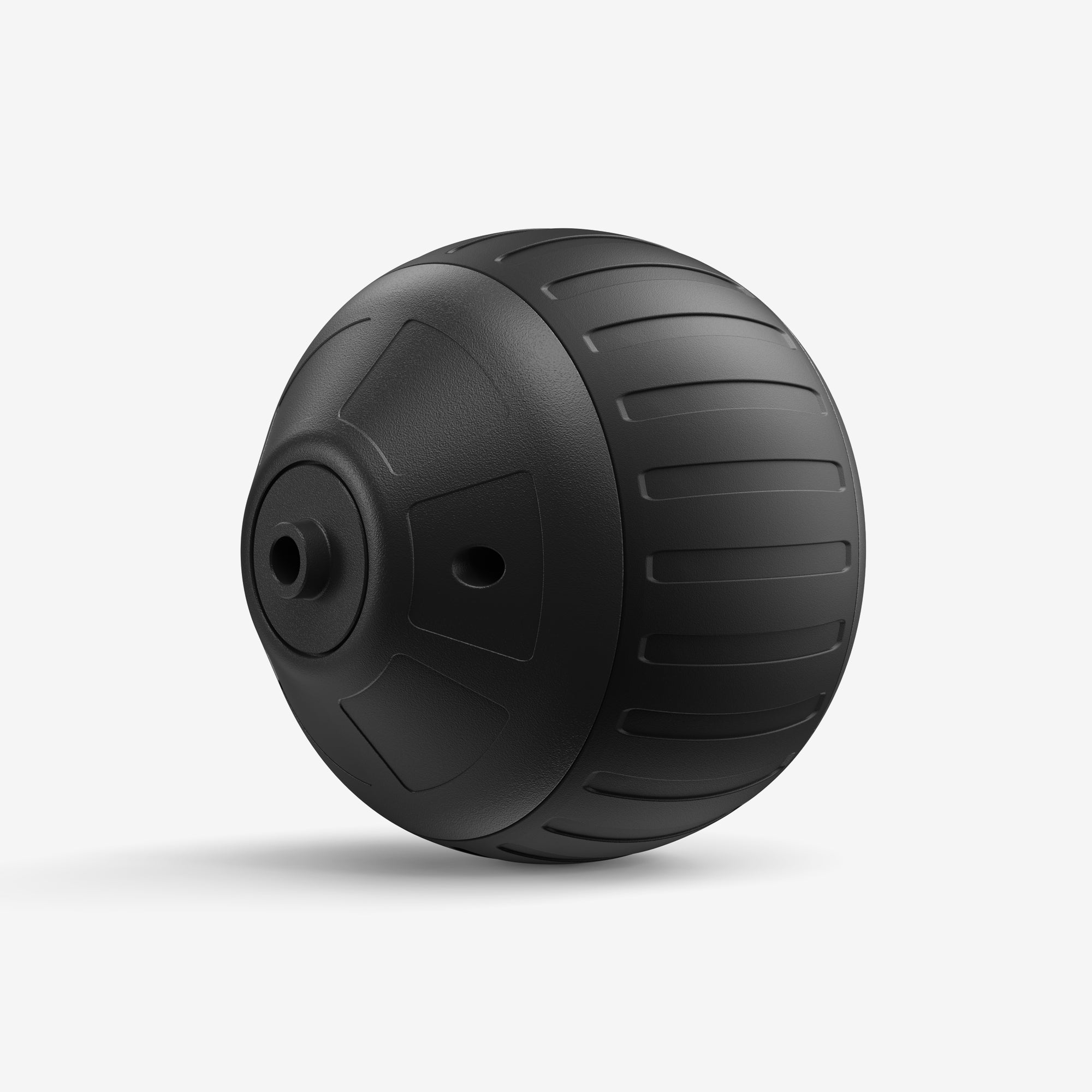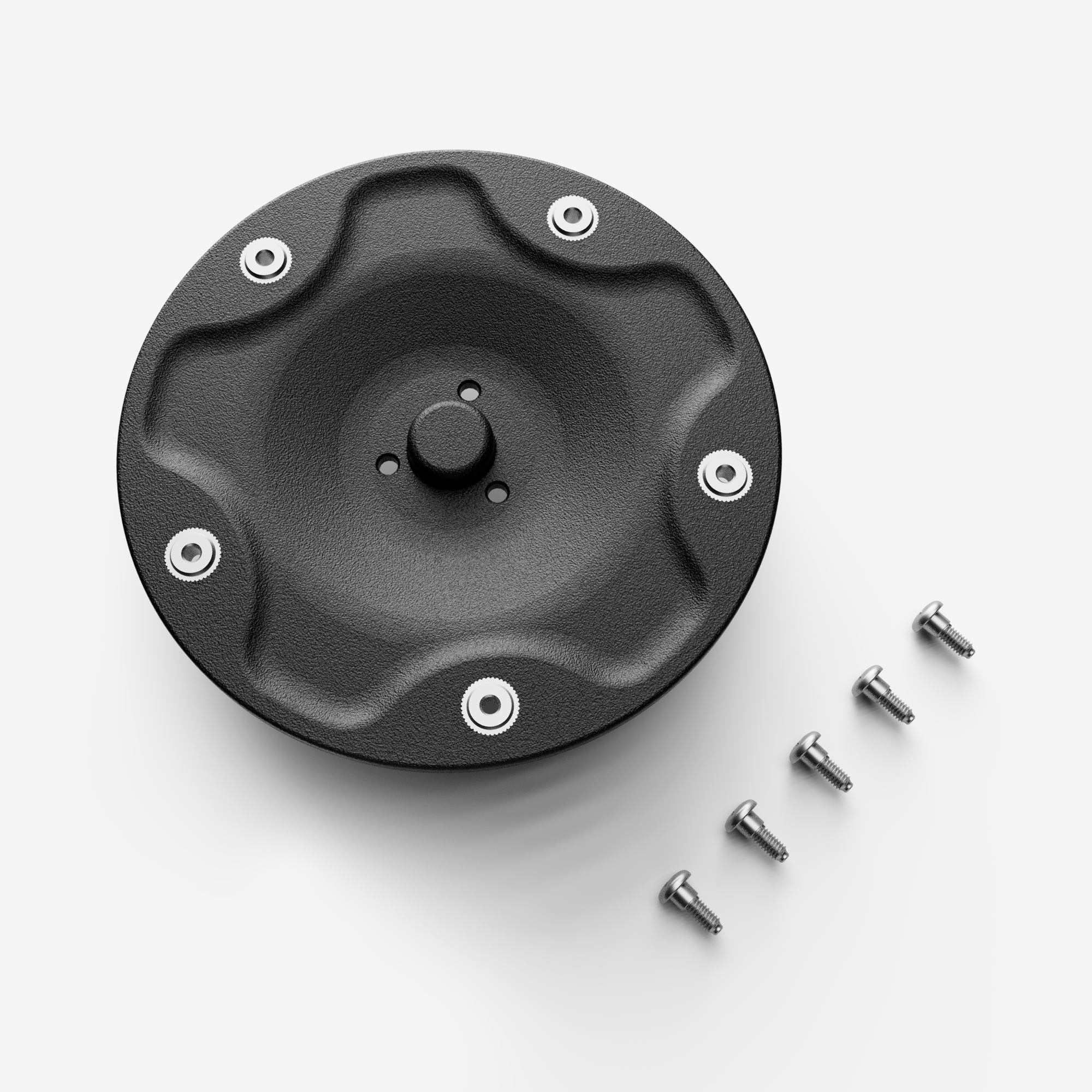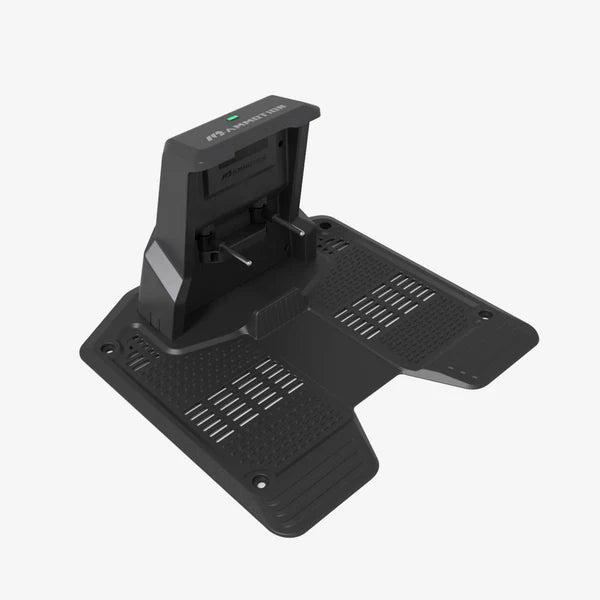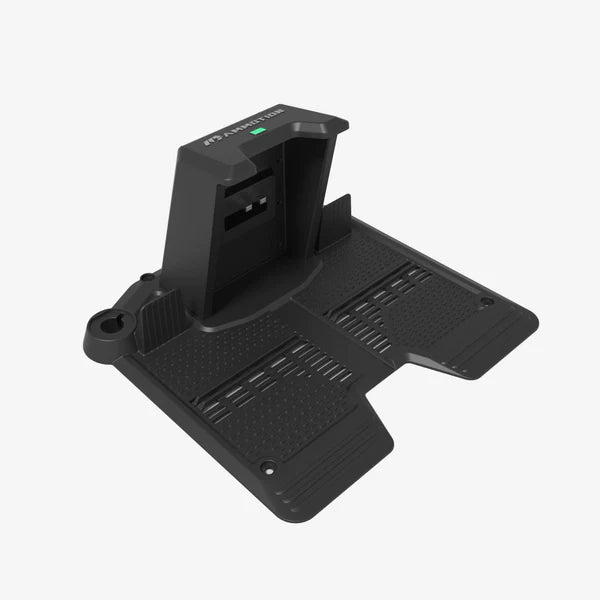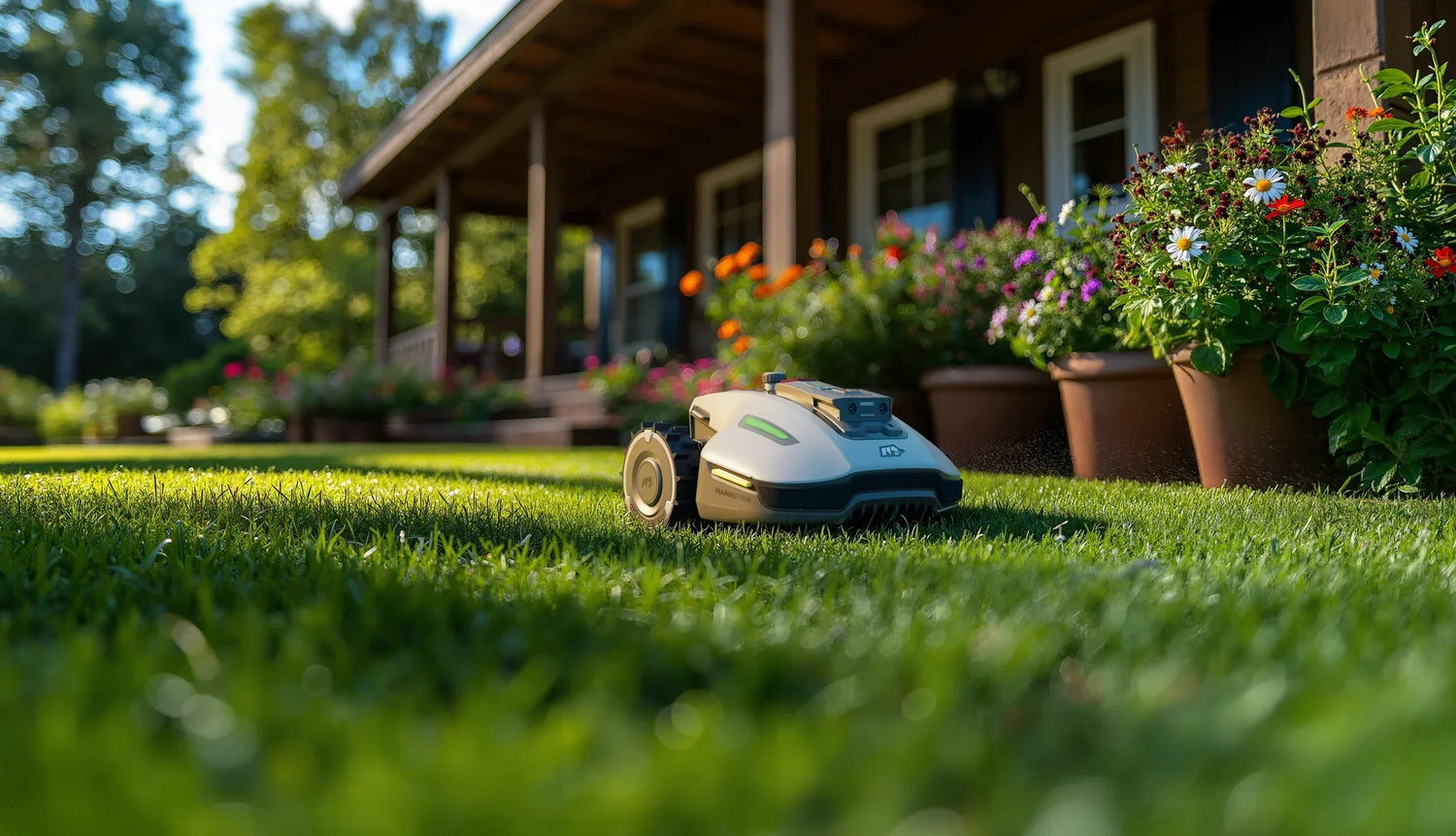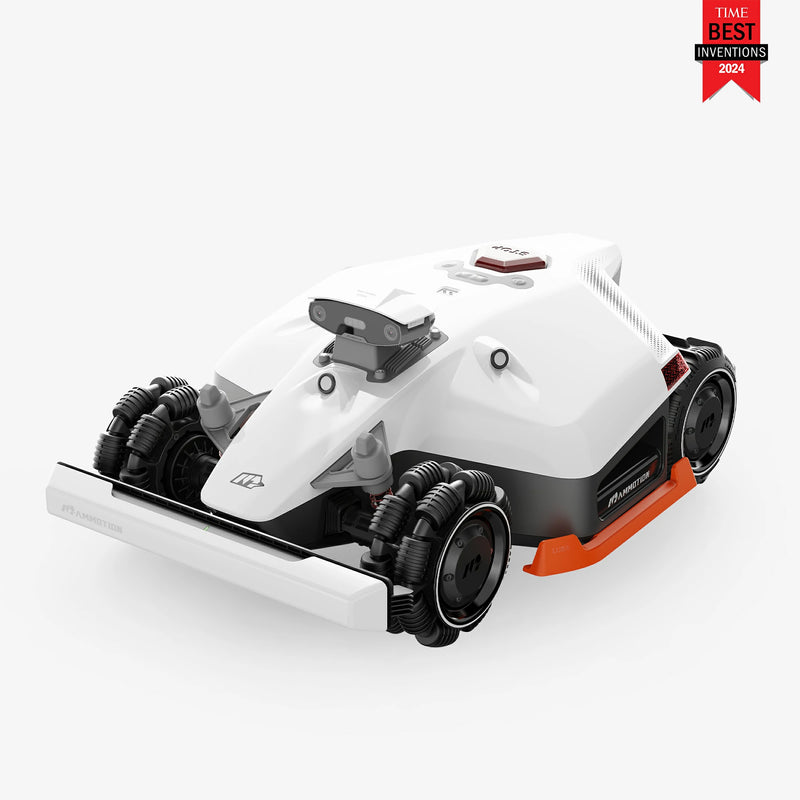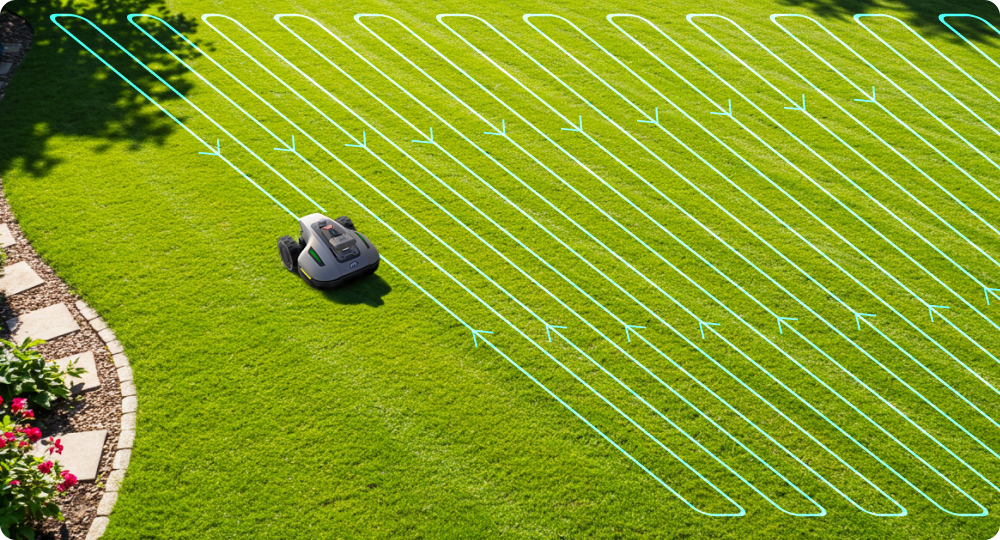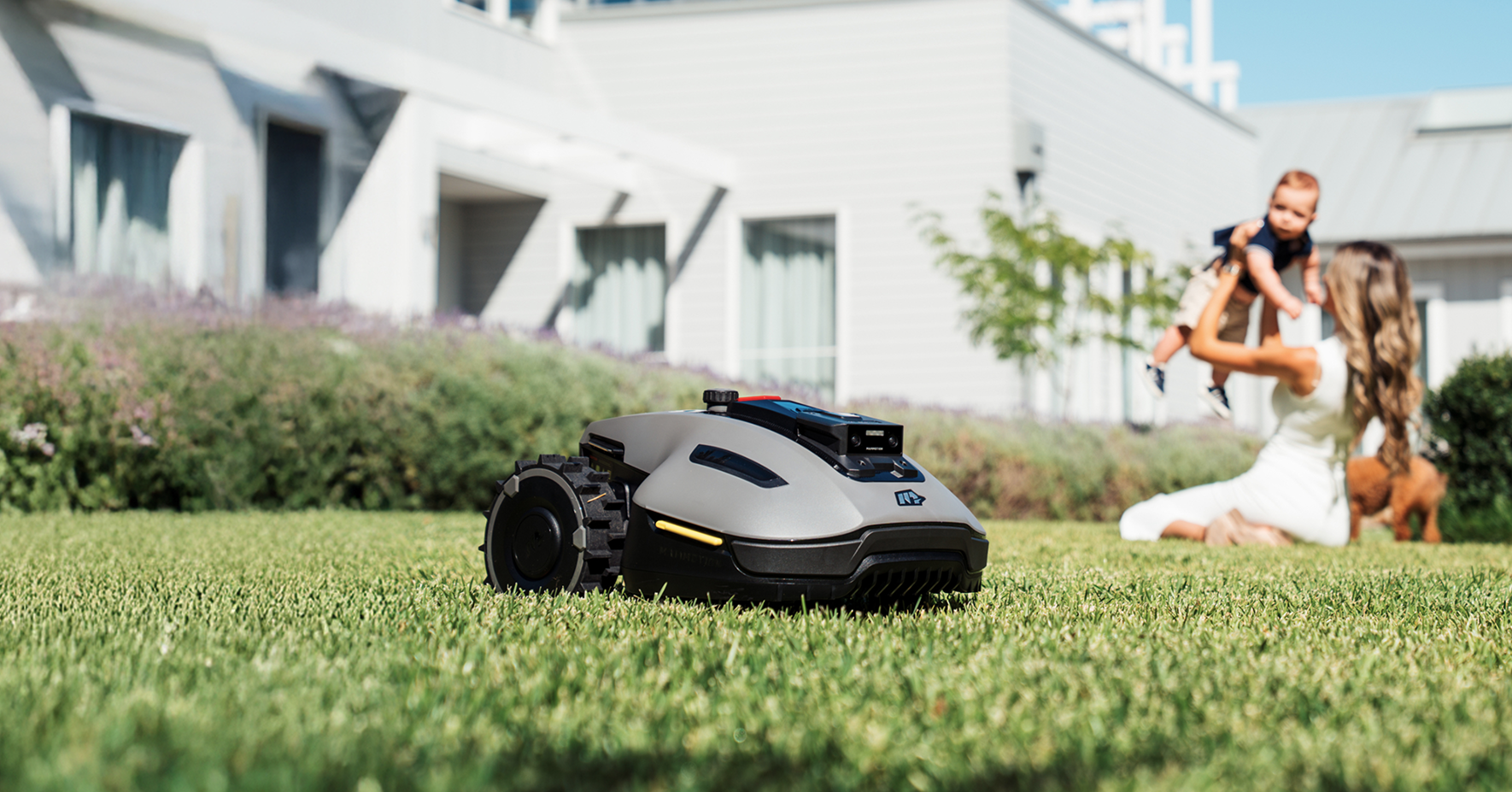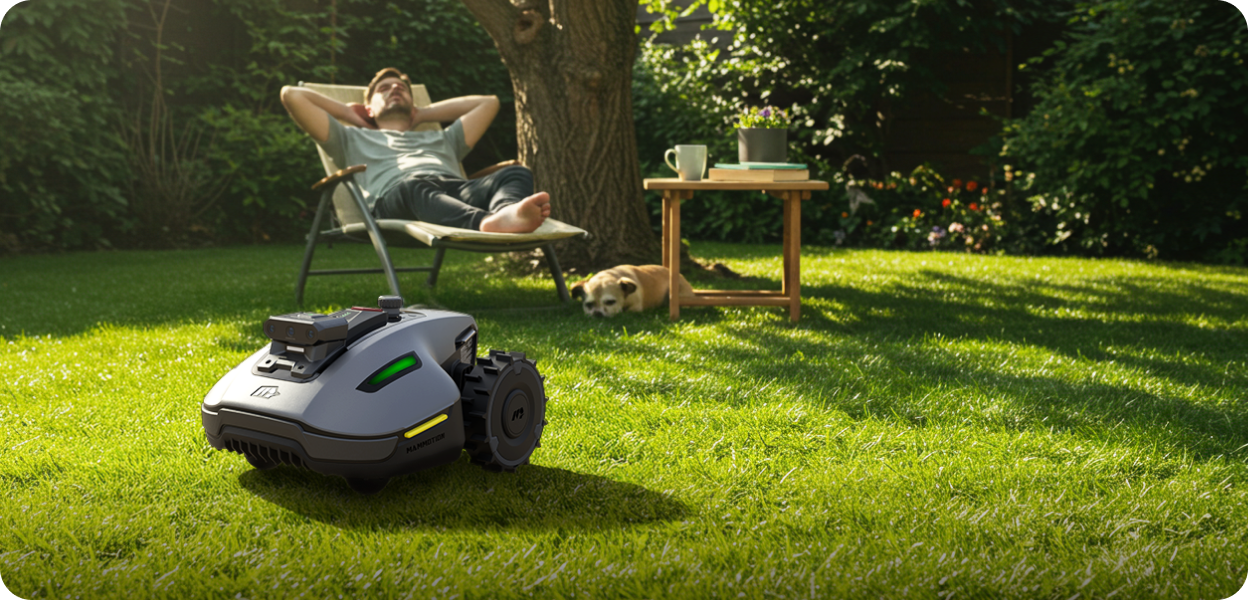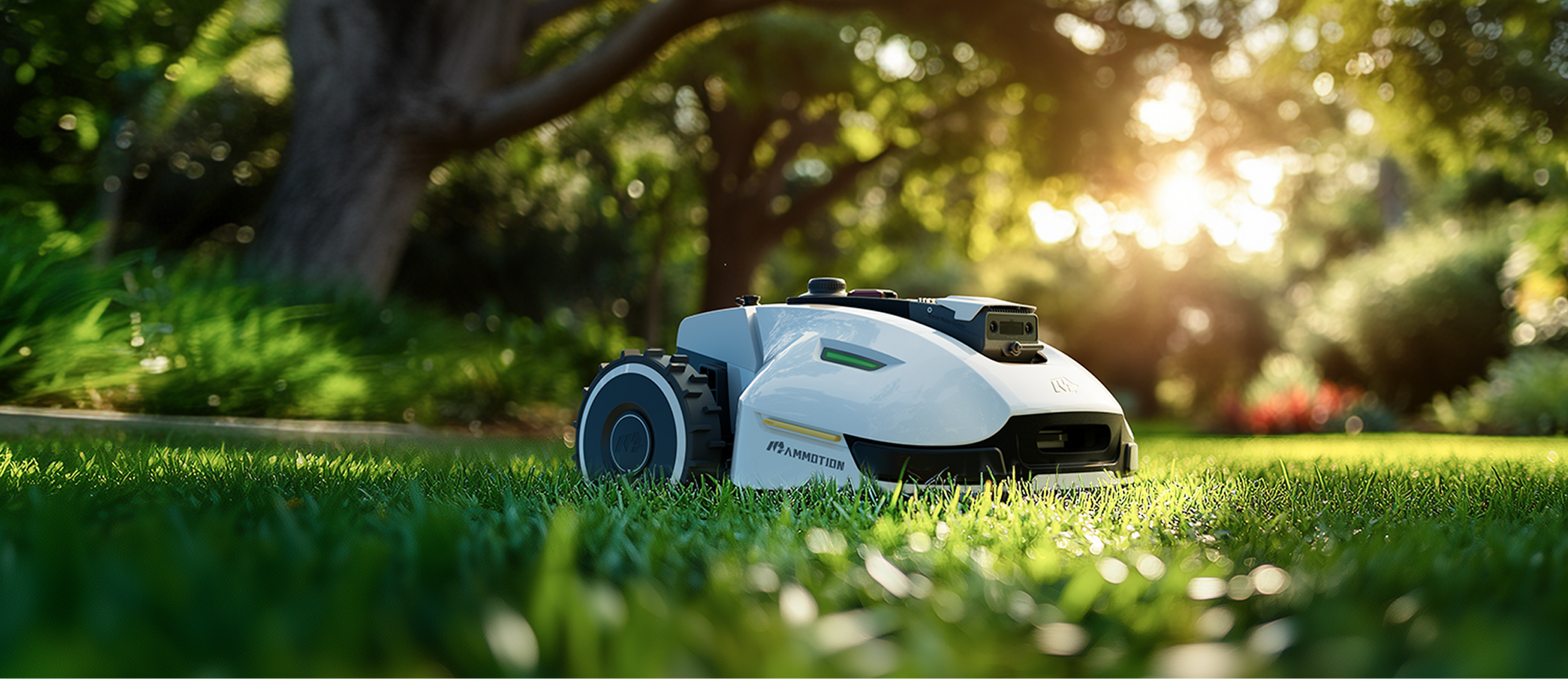Robot lawn mowers have quickly gained popularity in the world due to their convenience, efficiency, and the promise of perfectly manicured lawns with minimal effort. These autonomous machines make lawn care easy and can save homeowners valuable time.
One of the newer innovations in this growing market is the wire-free robot mower. Unlike traditional robotic mowers that require a boundary wire to define the mowing area, wire-free models rely on advanced navigation systems, such as GPS and sensors, to move around the lawn without the need for physical markers. This unique feature appeals to homeowners who want a hassle-free setup, especially those with complex or irregular-shaped lawns.
The purpose of this article is to guide you in choosing the best robot mower without perimeter wire, focusing on key factors to consider, top recommendations, pricing ranges, and potential drawbacks. By the end of this guide, you'll be equipped to make an informed decision about which wire-free robot mower fits your lawn care needs.
Benefits of Robot Mowers Without Perimeter Wire
1. Ease of Installation
One of the biggest advantages of robot mowers without a perimeter wire is the simplicity of installation. Traditional robotic mowers require homeowners to lay down boundary wires around their lawns, a task that can be time-consuming and labor-intensive. In contrast, wire-free models eliminate this step entirely, making the setup process quicker and easier. Simply place the mower on your lawn, program it, and let it start mowing—effortlessly saving both time and effort.
2. Flexibility for Irregular Lawns
Wire-free robot mowers excel in adapting to irregularly shaped lawns or lawns with multiple zones. With no need for boundary wires, these mowers can cover areas with curves, multiple sections, or hard-to-reach corners. The mowers' advanced navigation technology—such as GPS and visual sensors—allows them to map out the lawn and adjust their mowing patterns on the fly.
3. Advanced Technology
Wire-free mowers are often equipped with cutting-edge technology that enhances their performance and efficiency. GPS-based navigation, for example, allows the mower to map out its path and mow in an optimized manner, reducing the likelihood of missed spots or overlap. Some models even use visual sensors, enabling them to detect obstacles in their path and adjust their route to avoid them, ensuring a smooth and uninterrupted mowing experience.
How to Choose Robot Mowers Without Perimeter Wire?
When choosing a wire-free robot mower, it's important to keep several factors in mind to ensure the model you select best suits your lawn care needs. Here are the key considerations to help guide your decision:
1. Lawn Size
The first thing you should consider is the size of your lawn. Robot mowers are designed to cover a range of lawn sizes, so it's crucial to choose one that can handle the area you need to mow. Many models are designed for small, medium, or large lawns, and the mower's coverage capacity is usually listed in square feet or acres. A mower that's too small for your lawn may struggle to finish the job, while one that's too large could be unnecessarily expensive. Be sure to check the mower’s specs to ensure it’s the right fit for your lawn size, and don’t forget to consider the shape of your lawn—complex or multi-zone lawns may require a more advanced model.
2. Battery Life
Another important consideration is battery life. Many wire-free robot mowers come with long-lasting batteries, but you should still check the estimated run time for each model. If you have a particularly large lawn, opt for a model with a high-capacity battery or one that features quick charging so it can continue mowing without delays.
3. Terrain Compatibility
If your lawn has slopes, bumps, or obstacles, make sure the robot mower you choose can handle these features. Some models are specifically designed for uneven or hilly terrain, with the ability to mow at an angle or climb moderate inclines. If your lawn has challenging areas, like flower beds or trees, ensure the mower can navigate around obstacles without getting stuck.
4. Obstacle Detection
When choosing a wire-free robot mower, look for high-quality sensors for obstacle detection. These sensors help the mower identify obstacles like trees, furniture, or pet toys, preventing it from running into them or causing damage. This feature is especially important for homeowners with complex lawns or outdoor furniture.
5. User Interface
Finally, consider the user interface of the robot mower. Many modern wire-free models come with mobile app controls, allowing you to set schedules, monitor mowing progress, and even control the mower remotely. Additionally, some models offer voice control integration with smart home systems like Alexa or Google Assistant.
Recommended Robot Mowers Without Perimeter Wire
Here are some of the top wire-free robot mowers, each offering unique features to cater to different lawn care needs. Whether you have a large, hilly, or irregularly shaped lawn, these models stand out for their advanced technology and performance.
1. Mammotion LUBA 2 AWD 3000HX
Key Features:
- RTK Technology: Offers high-precision navigation, ensuring the mower covers every inch of your lawn without missing spots.
- All-Wheel Drive: The AWD system is perfect for handling slopes and rough terrain, making it ideal for hilly lawns or uneven surfaces.
- Obstacle Avoidance: Advanced visual sensors detect obstacles, ensuring the mower avoids trees, furniture, and other objects.
- Battery Life: Can mow up to 220 min on a single charge, perfect for larger lawns.
Why Choose It: If you have a large, challenging lawn with varying terrain, this model is designed to handle it all with precision and efficiency.
2. Segway Navimow H800N-VF
Key Features:
- RTK and Vision Systems: Combines real-time kinematics (RTK) for precise positioning and vision sensors for obstacle detection, ensuring a flawless mowing experience.
- Ultra-Quiet Operation: Designed to be quieter than most traditional mowers, making it ideal for residential areas.
- Large Lawn Coverage: Can mow lawns of up to 3,000 square meters with ease, making it suitable for larger properties.
- Smart Navigation: Adjusts its path and speed for optimal performance, ensuring your lawn is evenly cut and well-maintained.
Price Range of Wire-Free Robot Mowers
Wire-free robot mowers come in a range of prices, depending on their features, technology, and lawn coverage capacity. Below is a breakdown of pricing categories to help you find a model that fits your budget and needs.
1. Budget Options ($700 - $1,500)
Best for: Small lawns and basic mowing needs.
Features:
- Basic GPS or camera-based navigation (no RTK).
- Limited obstacle detection; may require manual intervention.
- Shorter battery life, covering up to 1,500 square meters.
Examples:
- Some entry-level models from brands like Worx and Landroid.
- Great for homeowners with simple lawns looking for a cost-effective wire-free solution.
2. Mid-Range Options ($1,500 - $3,000)
Best for: Medium to large lawns with moderate complexity.
Features:
- More advanced navigation, often using RTK positioning for better accuracy.
- Improved battery life, capable of covering up to 3,000 square meters.
- Smart app control with scheduling and remote operation.
- Better obstacle detection and ability to handle mild slopes.
Examples:
- Mammotion YUKA Robot Mower – Combines RTK + UltraSense AI Vision for more precise mowing.
- Great for homeowners who want smart features without spending too much.
3. High-End Options ($3,000 - $5,500+)
Best for: Large, complex, or high-maintenance lawns.
Features:
- RTK + Vision-based AI for ultra-precise navigation.
- Advanced obstacle avoidance (can detect and avoid small objects like garden tools or pet toys).
- Long battery life, capable of mowing up to 5,000+ square meters.
- All-terrain capability, handling steep slopes (up to 75%) and rough surfaces.
- Integration with smart home systems like Alexa and Google Assistant.
Examples:
- Mammotion LUBA 2 AWD Series – Top-tier model with all-wheel drive and AI-driven mapping.
- Segway Navimow i Series – A premium option with ultra-quiet operation and enhanced GPS tracking.
- Ideal for users who want the most advanced technology and hassle-free mowing.
Potential Drawbacks of Wire-Free Models
While wire-free robot mowers offer many advantages, they also come with some drawbacks. Here are a few factors to consider before making a purchase.
1. Higher Cost
Wire-free robot mowers tend to be more expensive than traditional models with perimeter wires. The advanced GPS, RTK, and vision-based navigation systems increase production costs, making these mowers a premium option. If budget is a primary concern, a wired model might still be a more affordable alternative.
2. Reliance on Technology
Since these mowers rely on satellite signals (GPS/RTK) and vision sensors, they may face issues in certain environments, such as:
- Dense tree coverage or tall buildings that block satellite signals.
- Poor weather conditions (heavy rain or fog) that affect vision-based navigation.
- Inconsistent Wi-Fi or mobile connectivity, which may impact app-based controls.
3. Learning Curve and Setup
Although wire-free models eliminate the hassle of installing boundary wires, they still require an initial setup process. Users must:
- Map the mowing area via an app.
- Calibrate the RTK system (if required).
- Fine-tune obstacle avoidance settings to prevent errors.
While these steps are simpler than laying wires, first-time users may still experience a learning curve.
4. Maintenance and Repairs
Wire-free mowers incorporate sensitive sensors and complex electronics, which may require more frequent maintenance or higher repair costs compared to simpler, wired models. Common concerns include:
- Dirt buildup on cameras or sensors, reducing accuracy.
- Firmware updates needed to fix bugs or improve navigation.
- Battery wear over time, requiring replacement after a few years.
Conclusion
Wire-free robot mowers are revolutionizing lawn care by eliminating the need for perimeter wires, making them an excellent choice for homeowners seeking convenience, flexibility, and advanced technology.
To choose the best model, consider factors such as lawn size, battery life, terrain compatibility, obstacle detection, and user interface. While options range from budget-friendly models to high-end premium mowers, investing in the right one depends on your specific lawn needs and budget.
Although wire-free mowers come at a higher price and require reliable GPS or vision-based navigation, their ease of installation, adaptability, and smart features make them a worthwhile investment for many homeowners.
If you're ready to upgrade your lawn care routine with a wire-free robot mower, explore the recommended models and select one that best fits your yard and lifestyle.
Frequently Asked Questions
1. What is a robot lawn mower without a perimeter wire?
A robot lawn mower without a perimeter wire utilizes advanced navigation technologies such as RTK-GPS, Lidar, and AI vision to define its mowing area. This allows it to operate without the need for physical boundary wires, offering a more flexible and user-friendly setup.
2. How do wire-free robot mowers navigate without boundary wires?
Wire-free robot mowers employ a combination of satellite-based RTK-GPS for precise positioning, visual SLAM (vSLAM) for mapping, and AI-powered cameras for obstacle detection. These technologies enable the mower to create virtual boundaries and navigate your lawn efficiently.
3. Are wire-free robot mowers suitable for all lawn types?
Wire-free robot mowers are ideal for open, unobstructed lawns with good satellite visibility. However, they may face challenges in areas with dense tree cover, tall buildings, or narrow pathways, where GPS signals can be weak or obstructed. In such cases, a hybrid system or traditional wired mower might be more effective.
4. What are the advantages of using a wire-free robot mower?
The primary benefits include easier installation without the need for boundary wire setup, the ability to adapt to changing lawn layouts, and advanced features like AI-based obstacle avoidance and customizable mowing zones. These features contribute to a more convenient and efficient lawn care experience.
5. Can wire-free robot mowers handle slopes and uneven terrain?
Many wire-free models are designed with all-wheel drive and robust motors to handle slopes and uneven terrain. For instance, the Mammotion LUBA 2 AWD can manage inclines up to 38°, making it suitable for hilly lawns.
6. How do wire-free robot mowers avoid obstacles?
Wire-free robot mowers use AI-powered cameras and sensors to detect and avoid obstacles in real-time. For example, the Mammotion robot mowers employ UltraSense AI Vision technology, which can identify over 150 different objects, including pets and garden furniture, ensuring safe and efficient mowing.
7. Are wire-free robot mowers more expensive than traditional ones?
Generally, wire-free robot mowers are priced higher due to the advanced technology they incorporate. However, the convenience of installation and advanced features may justify the additional cost for many homeowners.
8. How do I set up a wire-free robot mower?
Setting up a wire-free robot mower typically involves placing the mower on your lawn, connecting it to your home Wi-Fi, and using a smartphone app to map out your mowing zones. The mower will then use its navigation system to learn the layout of your yard and begin mowing autonomously.
9. Can wire-free robot mowers be used in areas with weak GPS signals?
While wire-free robot mowers rely on GPS for navigation, many models are equipped with additional technologies like vSLAM and AI vision to compensate for weak GPS signals. However, extremely shaded areas or locations with significant signal interference may still pose challenges.
10. What are some top-rated wire-free robot mowers available?
Some of the leading wire-free robot mowers include:
Mammotion LUBA 2 AWD: Features all-wheel drive, AI vision, and can handle slopes up to 38.6°.
Segway Navimow X3 Series: Offers precise navigation with RTK-GPS and vSLAM, and advanced obstacle avoidance.
Husqvarna Automower® NERA: Utilizes EPOS technology for wire-free operation and is suitable for complex lawns.

